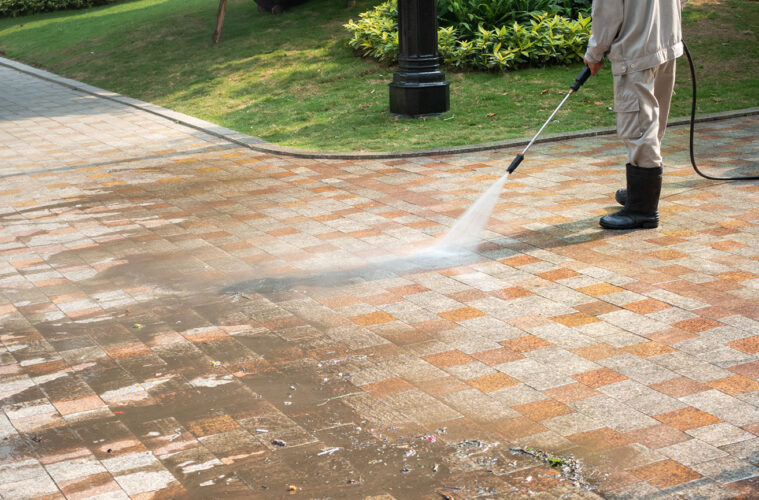A clean, inviting driveway provides more than a path to your door—it enhances curb appeal and boosts your property value. However, not all driveway materials can handle the same pressure washing methods. What cleans concrete without a trace could etch asphalt or dislodge bricks. Applying too much pressure can damage even sturdy stone surfaces over time.
This overview covers the specialized techniques needed to revitalize your driveway while preventing avoidable mistakes. Learn the dos and don’ts of pressure washing for successfully cleaning concrete, asphalt, brick pavers, and natural stone.
Asphalt Driveways
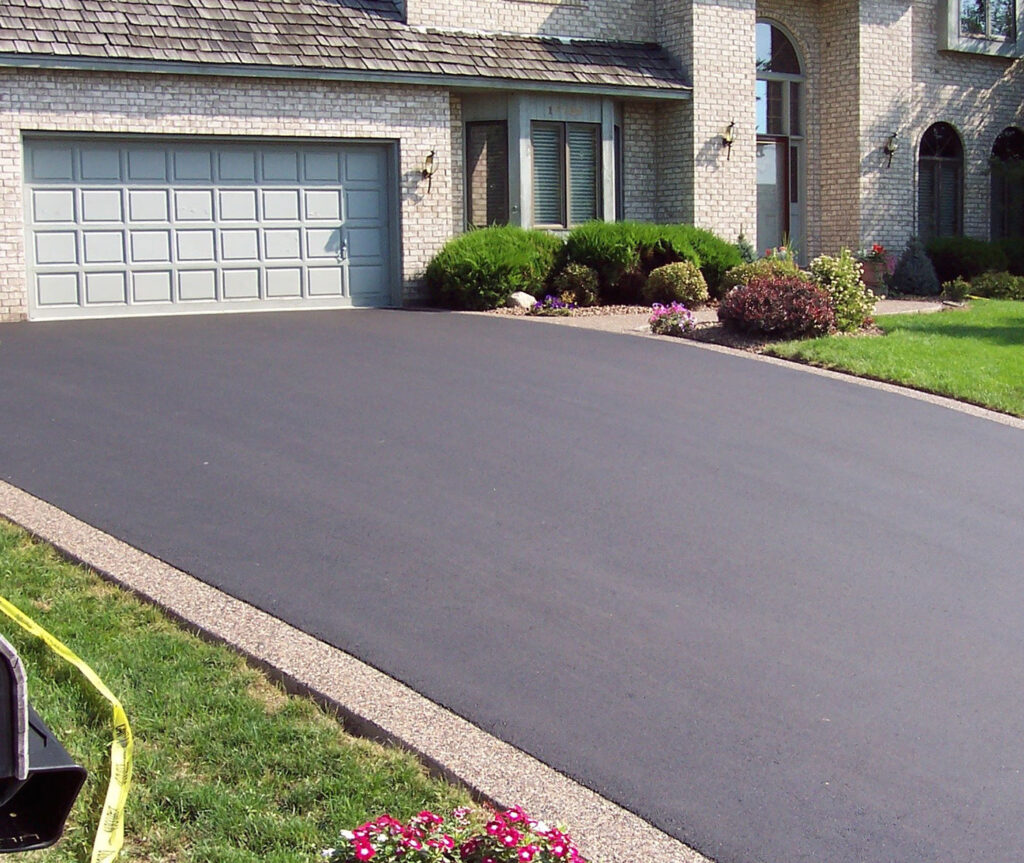
source: pinterest.com
Asphalt driveways are one of the most common types you’ll find on residential properties. This blacktop surface is durable but requires proper care and maintenance, like any other driveway. The keys to washing asphalt are using the right pressure, nozzle angle, and detergent solutions. If you’re not equipped to do it right, seek local companies online by typing pressure washing Winston Salem NC if you’re in the area.
Otherwise, you’ll want to use a wide-angle tip and keep your pressure below 3,000 pounds per square inch (PSI). Angle the nozzle about 45 degrees to the driveway and get close enough to remove dirt and grime but not damage the asphalt. Pre-soaking with a special asphalt degreaser can help lift oil stains. Rinsing thoroughly will leave you with a fresh, inviting driveway.
Concrete Driveways
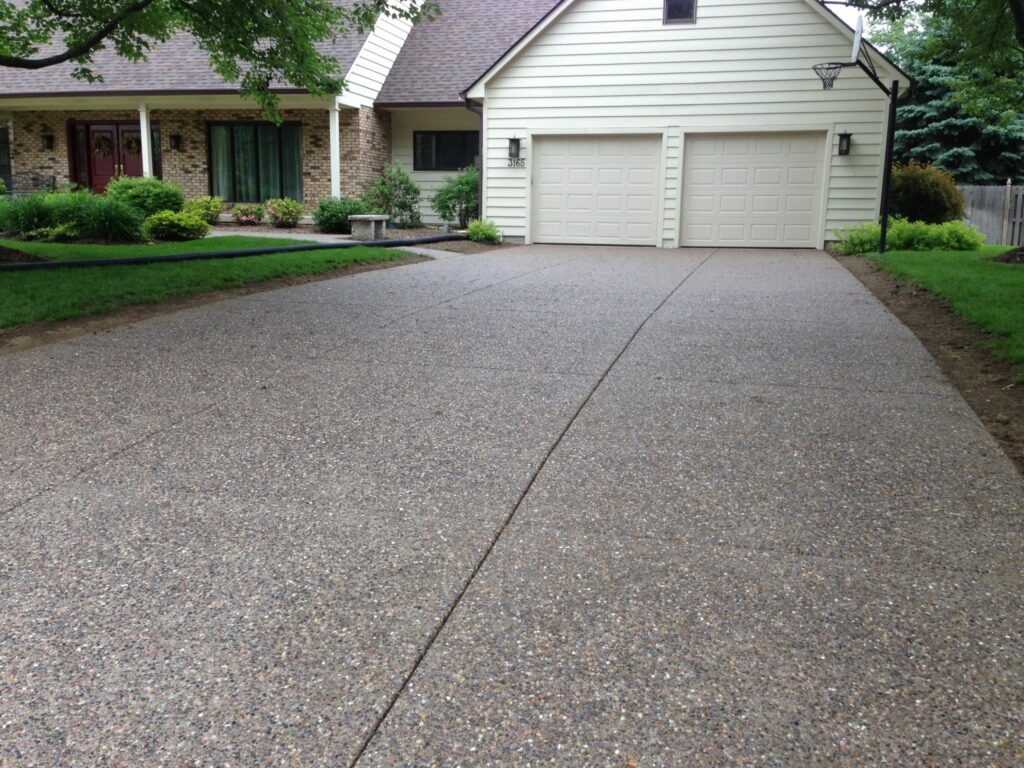
source: pinterest.com
Concrete driveways have become popular replacements for aging asphalt and add beautiful curb appeal. When pressure washing concrete, you must avoid etching or damaging the surface. This means keeping pressure below 1,500 to 2,000 PSI at the very highest.
Use a turbo nozzle and keep it perpendicular to the concrete, working in long sweeping motions. Let a degreaser soak first for tough oil spots. Make sure to completely rinse off any cleaning solutions after you finish washing each section of the driveway. This prevents soap scum buildup over time.
Natural Stone Driveways

source: pinterest.com
From elegant stone pavers to loose gravel, natural stone driveways require gentle care when pressure washing. For solid surfaces like slate, sandstone or granite pavers, use under 500 PSI at a 40° angle to avoid cracking or weakening the material. Sweep gently across rather than up and down.
For loose materials like pea gravel or crushed limestone, you can use more pressure for compaction but move continuously to prevent erosion. Degreasers aren’t necessary since soap can remain trapped in these porous surfaces. Always rinse loose stone driveways thoroughly after cleaning.
Brick Paver Driveways
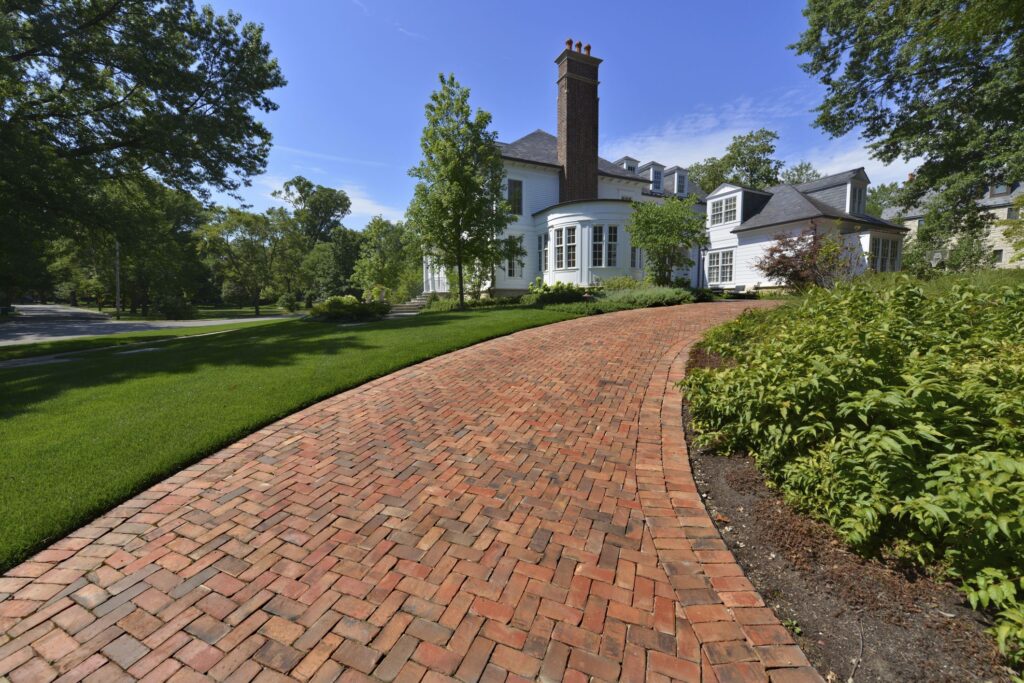
source: pinterest.com
For paved stone driveways made of slate, bluestone, sandstone or brick pavers, delicate care is required when pressure washing. Keep your pressure below 600 PSI to safely clean between the brick or stone materials without dislodging or damaging grout or mortar.
Use a 15-25° nozzle angle and sweep gently back and forth across the surface of the pavers or bricks. Let a cleaning solution soak first before wiping away dirt from between crevices. Pay special attention to ensure you rinse thoroughly, keeping excess water and soap moving off the surfaces. Rinse any plants or surrounding landscape areas that may have been hit by overspray.
Helpful Tips When Pressure Washing Your Driveway
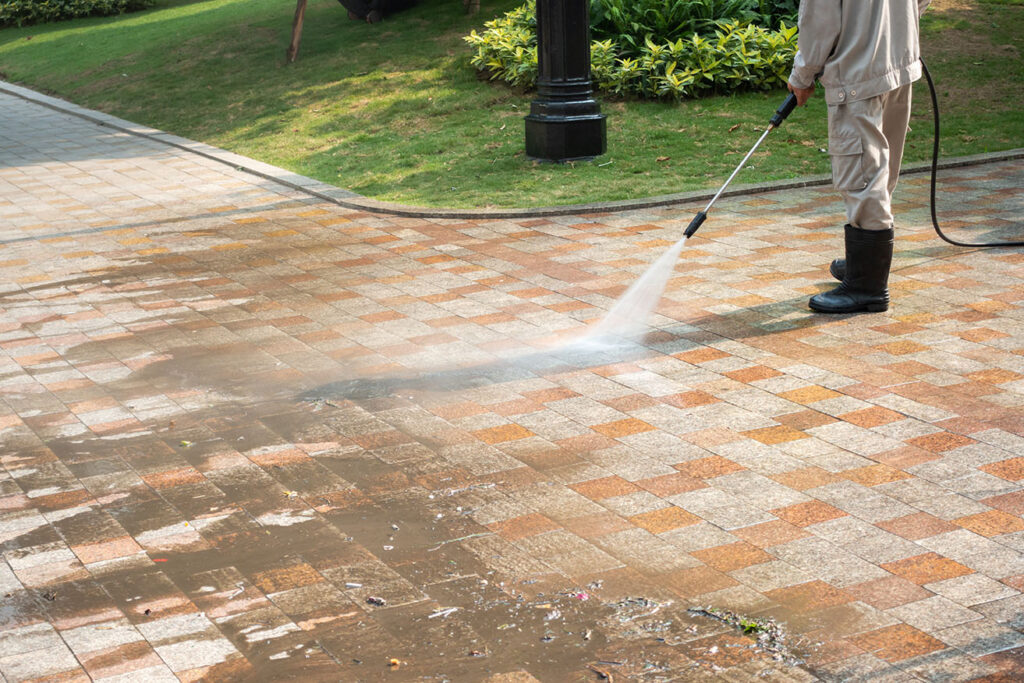
source: pinterest.com
When getting ready to pressure wash your driveway, there are some helpful preparatory tips to follow regardless of the surface material. Investing in quality equipment, testing pressures and angles, and taking protective measures will set you up for success before you begin cleaning.
- Invest in or rent a high-quality pressure washer with adjustable pressure controls so you can optimize the PSI for each surface.
- Test on inconspicuous areas first to find the right balance of pressure and angle before tackling the whole driveway.
- Wear protective equipment like goggles, waterproof gloves, and rubber boots for safety when operating the pressure washer.
- Thoroughly wet plants, grass and landscaping around the driveway beforehand to minimize overspray damage.
- Work in smaller sections starting from the highest point and divide driveways into manageable quadrants.
- Carefully redirect excess water and prevent any chemicals from reaching nearby storm drains.
Follow the tips above for the best pressure washing results regardless of your driveway type. Take the time to set your device up properly and adjust during the cleaning process for an immaculately clean outdoor area.
Conclusion
Getting your driveway spotless demands understanding its material composition and proper technique. Whether built from concrete, brick, asphalt, or natural stone, each driveway requires a strategic approach to avoid cracks, chips, and premature wear. From optimal PSI levels to the ideal nozzle angles for different textures, mastering pressure washing fundamentals tailored to your specific driveway paves the way to the best results.
Always test a small area first and invest in protective equipment. Pay attention to containment, runoff direction, and thorough rinsing as well. Adjusting your methods to each surface type means you can comfortably clean your area without damaging or contaminating plant life. In doing so, your driveway will look freshly updated in no time!

